Author: DR K TAMILSELVAN
-
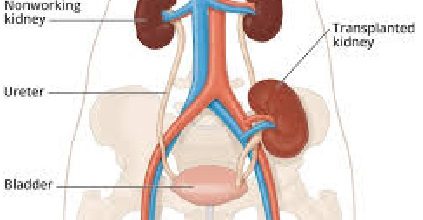
Kidney Transplantation
Kidney Transplantation A kidney transplant is a surgical procedure that replaces a diseased or damaged kidney with a healthy kidney from a donor. It’s a treatment option for people with chronic or end-stage kidney…
-
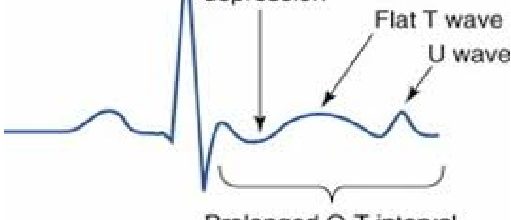
Hypokalemia in ECG
Hypokalemia in ECG Hypokalemia, or low blood potassium, is a condition where the amount of potassium in your blood is lower than normal. It’s a common electrolyte disturbance that can be life-threatening if left…
-

Acne,Acne vulgaris,Cystic acne,Pimples,Zits
Acne, commonly known as pimples, and also known as Acne vulgaris, Cystic acne, Zits. It is more common and more severe in males than females in their teens. Contrary to belief pimples do not clear…
-
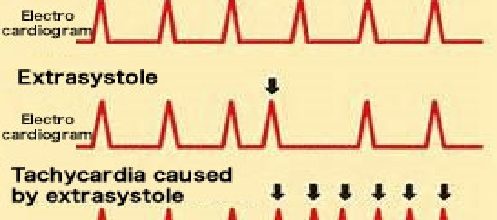
Atrial Extrasystole in ECG
Atrial Extrasystole in ECG Premature P wave, upright in AVF, inverted in AVR or the reverse depending upon the site of origin, i.e. in upper or lower portion of…
-
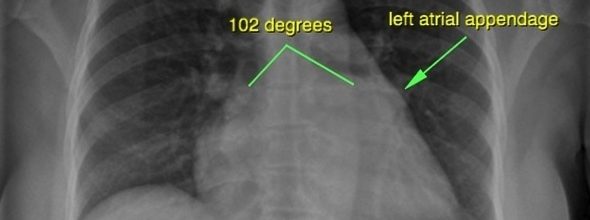
Atrial Enlargement Features in ECG
Left Atrial Enlargement Lead II P wave biphasic Terminal negative component at least 0.04 second in duration and 1 mm deep (i.e., I mall square x 1 small…
-

Variant Angina
Spasm is or healthy vessels. One quarter have vasospastic symptoms like migraine and Raynaud’s phenomenon. History Rest pain, often same time each day. May have classic angina pain as…
-

Angina Pectoris in ECG
Angina Pectoris Bundle branch block particularly LBBB (Left Bundle Branch Block) ST depression, horizontal or down sloping more than 0.5 mm Tall pointed T waves…
-
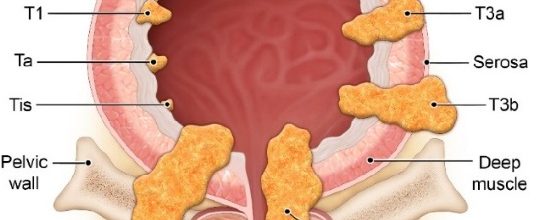
Malignancy of Urinary Tract-Bladder
Malignancy of Urinary Tract-Bladder The common early symptom of bladder Malignancy (cancer) is blood in the urine. In most cases, the cancer is confined to the inside lining of the bladder. Treatment of these…
-

Haemodialysis and Peritoneal dialysis
Haemodialysis and Peritoneal dialysis Haemodialysis and Peritoneal dialysis are both used to treat Kidney failure. Hemodialysis uses a man-made membrane (dialyzer) to filter wastes and remove extra fluid from the blood. Peritoneal dialysis uses the…
-

Hyperoxaluria
Hyperoxaluria Primary hyperoxaluria is a rare condition characterized by the overproduction of a substance called oxalate (also called oxalic acid). In the kidneys, the excess oxalate combines with calcium to form calcium oxalate, a…